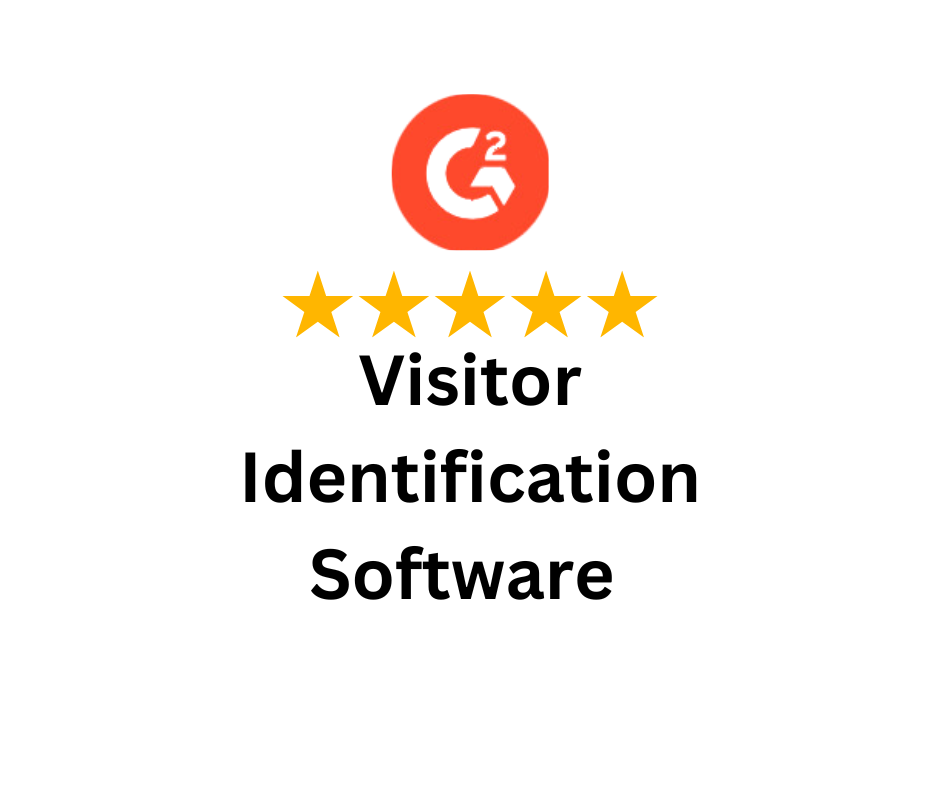In the travel industry, attracting inquiries is only the first step. What truly matters is turning those initial questions into bookings. This is where your lead conversion rate comes in, it measures how many interested travelers become paying customers and serves as a clear indicator of your business growth.
For example, even something as simple as testing two headlines, like “Romantic Paris Getaway” versus “Budget-Friendly Paris Adventure” can reveal which message inspires more travelers to book.
In this guide, you’ll learn the exact formula for travel conversion rates. You’ll discover proven strategies To boost conversions, start with A/B testing with other tools online that are used by successful travel and hospitality businesses. Plus, we’ll share travel industry benchmarks and real booking examples.
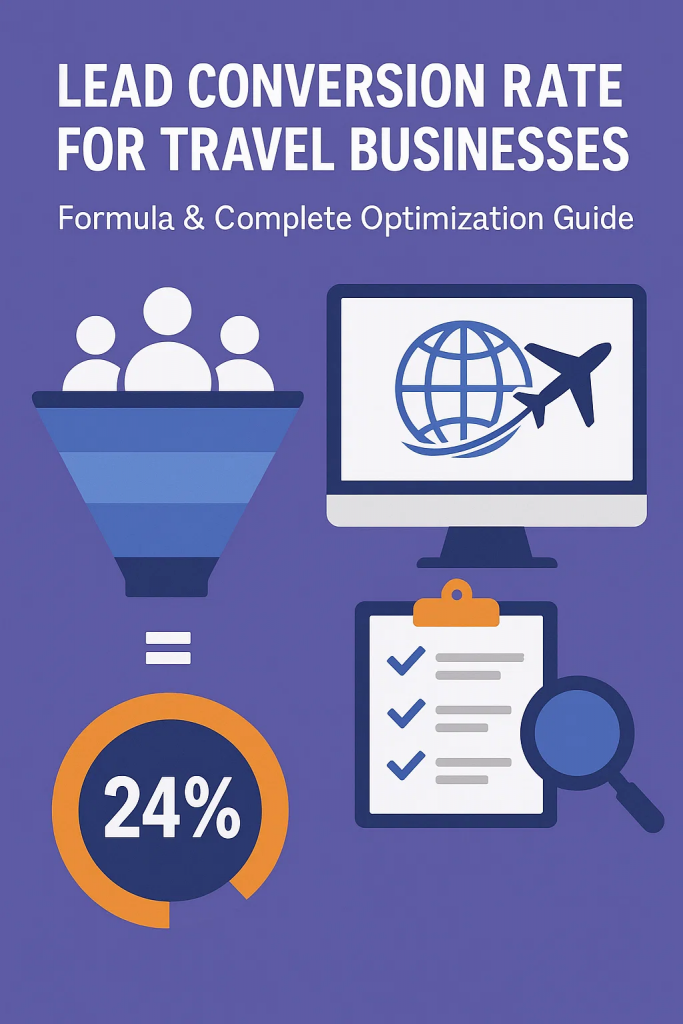
Lead conversion rate for travel businesses measures how many travel inquiries become confirmed bookings. It’s the most important metric for travel agencies, tour operators, hotels, and destination management companies.
The rate shows your booking process effectiveness. Higher rates mean more revenue from the same number of inquiries. Lower rates indicate problems in your sales funnel, pricing, or customer experience.
Travel businesses track different conversion types:
• Website visitors to travel inquiries
• Inquiries to confirmed bookings
• Quote requests to paid reservations
• Email subscribers to trip bookings
• Trade show leads to group bookings
Most travel companies track multiple conversion stages. This helps identify where potential travelers drop off in your booking funnel. You can then focus on improving weak spots in your travel sales process.
Travel conversion rates differ significantly from other industries. Travelers often research for weeks or months before booking. Seasonal patterns, destination trends, and economic factors heavily influence booking decisions.

The travel lead conversion rate formula is straightforward but powerful:
Travel Lead Conversion Rate = (Number of Confirmed Bookings ÷ Total Number of Travel Inquiries) × 100%
Here’s how each component works for travel businesses:
• Number of Confirmed Bookings: Count of inquiries that resulted in paid reservations
• Total Number of Travel Inquiries: All travel-related leads generated (quote requests, itinerary inquiries, booking forms)
• Multiply by 100: Converts decimal to percentage
Sunset Travel received 200 trip inquiries last month. Of those, 24 became confirmed bookings with deposits paid.
Your calculation: (24 ÷ 200) × 100 = 12%
Your travel conversion rate is 12%.
Define “confirmed booking” clearly for your travel business. Some count deposit payments. Others require full payment or signed contracts. Adventure tour operators might count when travelers complete waivers and medical forms.
Use consistent booking windows for comparison. Most travelers book within 30-90 days of inquiry. Luxury travel and group bookings often take longer. Track conversions for up to 180 days for accurate measurement.
Separate qualified travel inquiries from general information requests. Focus on inquiries with specific dates, destinations, or budgets. These represent genuine booking intent versus casual browsing.
These examples show how different travel businesses calculate and improve their conversion rates.
Imagine Elite Escapes generates 150 high-end travel inquiries monthly through referrals and their website. Their travel advisors convert 21 inquiries into confirmed luxury bookings.
Calculation: (21 ÷ 150) × 100 = 14%
Their conversion rate is 14%. This is excellent for luxury travel where bookings average $15,000 per trip. Elite Escapes tracks conversions within 90 days since luxury travelers take longer to decide.
Elite Escapes also tracks by inquiry source:
• Client referrals: 25% conversion rate
• Website inquiries: 12% conversion rate
• Travel show leads: 8% conversion rate
Mountain Adventures attracts 800 website visitors monthly to their Nepal trekking tours. Of these visitors, 120 submitted inquiry forms, and 18 book confirmed treks.
Website to Inquiry: (120 ÷ 800) × 100 = 15%
Inquiry to Booking: (18 ÷ 120) × 100 = 15%
Overall Conversion: (18 ÷ 800) × 100 = 2.25%
Their inquiry-to-booking rate is 15%. This is strong for adventure travel. Mountain Adventures uses detailed itineraries and video calls to convert inquiries. They track bookings within 60 days since trekkers book seasonally.
Business Travel Solutions manages travel for 50 companies. They receive 400 trip requests quarterly and convert 340 into booked business trips.
Calculation: (340 ÷ 400) × 100 = 85%
Their quarterly conversion rate is 85%. This is typical for corporate travel management where bookings are more routine. The company defines conversions as approved and ticketed business trips.
Travel industry benchmarks vary significantly by business type and target market.
Travel Business Type | Average Conversion Rate |
Luxury Travel Agencies | 10-20% |
Adventure Tour Operators | 8-15% |
Corporate Travel Management | 70-90% |
Online Travel Booking Sites | 2-5% |
Destination Wedding Planners | 15-25% |
Group Tour Operators | 12-18% |
Hotel Direct Bookings | 3-8% |
Travel Insurance Sales | 5-12% |
Several factors influence travel industry conversion rates:
• Trip value and complexity: Higher-value trips often have lower but more profitable conversion rates
• Seasonality and destination trends: Peak season inquiries convert better than off-season
• Competition and market saturation: Popular destinations face more competition
• Economic conditions: Travel spending correlates strongly with economic confidence
Don’t worry if your rate differs from these benchmarks. Travel businesses are highly individual. A luxury safari operator will have different patterns than a budget tour company. Focus on improving your own performance over time.
Establish your baseline conversion rate over at least three months. Travel has strong seasonal patterns, so track full seasons. Summer inquiries might convert differently than winter ones.
Set realistic improvement goals based on your travel niche. Adventure travel might improve 5-10% with better processes. Luxury travel improvements often come from relationship building rather than quick fixes.
Different travel conversion metrics help you understand your booking funnel better.
This measures website visitors who submit travel inquiry forms. It shows your website’s effectiveness at capturing interest.
Formula: (Travel Inquiries ÷ Website Visitors) × 100%
This shows how many inquiries receive detailed travel proposals. It measures your response process effectiveness.
Formula: (Quotes Sent ÷ Travel Inquiries) × 100%
This measures quotes that become confirmed bookings. It shows your proposal quality and pricing competitiveness.
Formula: (Confirmed Bookings ÷ Quotes Sent) × 100%
Track conversion rates by lead source:
• Travel website inquiries
• Social media travel leads
• Referral bookings
• Travel trade show leads
• Email newsletter inquiries
Measure conversions by travel season:
• Peak season bookings (summer, holidays)
• Shoulder season conversions
• Off-season travel inquiries
Track by travel category:
• Honeymoon and romance travel
• Family vacation bookings
• Adventure and active travel
• Business and corporate trips
• Group and event travel
Follow this process for accurate travel conversion calculations.
Define your travel conversion event clearly. Common travel conversions include:
Set up travel-specific tracking systems. Use travel CRM software like TravelWorks, ClientBase, or Travefy. Connect your booking engine to your inquiry tracking system.
Choose your travel booking window. Most leisure travelers book within 45-90 days of inquiry. Corporate travel books within 7-30 days. Luxury and group travel can take up to 3 months.
Step 1: Define your travel booking conversion clearly Write down exactly what counts as a confirmed booking. Include deposit requirements, documentation needed, and payment terms. Share this with your travel team for consistency.
Step 2: Set your travel booking measurement period Most travel businesses use monthly tracking during peak season and quarterly during off-season. Stay consistent with your chosen period.
Step 3: Count qualified travel inquiries Count only genuine travel inquiries with specific trip parameters. Include inquiries with travel dates, destinations, or budgets. Exclude general travel information requests.
Step 4: Count confirmed travel bookings Count bookings that converted within your measurement window. Include only bookings from the same period’s inquiries. Track whether deposits or full payments define your conversion.
Step 5: Apply formula and analyze travel trends Use the formula: (Bookings ÷ Inquiries) × 100%. Compared to previous periods and seasonal patterns. Look for destination trends and seasonal variations.
Mixing seasonal periods: Don’t compare summer inquiries to winter conversions. Travel patterns change dramatically by season and booking lead times.
Including duplicate inquiries: One traveler might submit multiple inquiries. Count unique potential travelers, not inquiry forms submitted.
Ignoring booking windows: Some travelers book immediately while others take months. Set appropriate tracking windows for your travel niche.
Use travel-specific CRM systems that understand booking cycles. TravelWorks and ClientBase integrate with major booking systems. TripCase and Travefy help manage the entire client journey from inquiry to departure.
Connect your travel website forms to your CRM automatically. This ensures no inquiries get lost and proper attribution is maintained.
Many factors influence how travel inquiries convert to bookings.
Inquiry quality determines conversion success more than any other factor. Travelers with specific dates and budgets convert at much higher rates than those just browsing destinations.
Travel inquiry source significantly impacts conversion rates. Referrals from past travelers typically convert 3-5x better than cold website inquiries. Travel advisor recommendations show extremely high conversion rates.
Destination targeting accuracy affects the entire booking funnel. Travelers searching for specific destinations show higher intent than general travel browsers.
Response time critically affects travel conversion success. Travel inquiries lose interest quickly if not contacted within 24 hours. Many travelers submit inquiries to multiple travel companies and book with the first to respond professionally.
Travel expertise demonstration builds confidence in your travel knowledge. Detailed destination knowledge, insider tips, and personal travel experience increase conversion rates significantly.
Travel proposal quality directly impacts booking decisions. Professional itineraries with clear pricing, inclusions, and travel logistics convert better than basic email responses.
Trip pricing and value perception affects conversion rates dramatically. Overpriced trips struggle to convert unless exceptional value is demonstrated. Budget travelers convert faster but at lower margins.
Destination popularity and trends influence conversion potential. Trending destinations often see higher conversion rates. Emerging destinations might need more education and convincing.
Travel timing and seasonality shape booking behavior. Peak season trips to popular destinations convert more easily than off-season travel to lesser-known places.
Economic conditions heavily influence travel spending and conversion rates. Economic uncertainty reduces discretionary travel booking rates across all segments.
Travel industry events like natural disasters, political instability, or health concerns dramatically impact specific destination conversion rates.
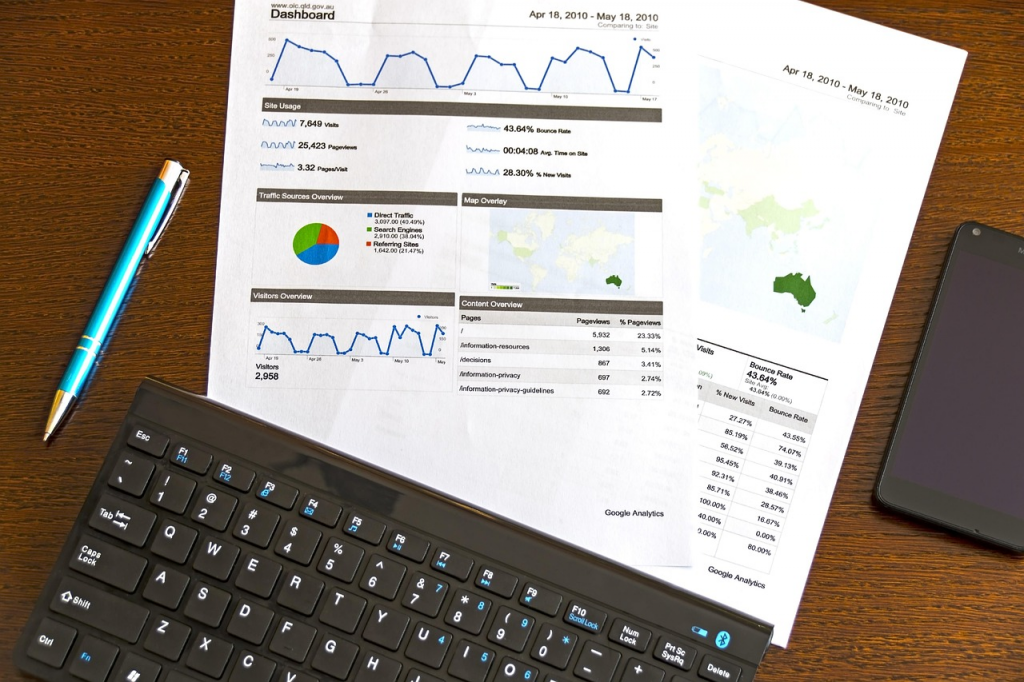
These strategies help travel businesses increase conversion rates effectively.
Respond to travel inquiries within 2 hours when possible. Fast response increases travel conversions by up to 300%. Use automated acknowledgment emails with your travel expertise highlights. Follow up personally within 24 hours maximum.
Score travel inquiries based on booking likelihood. Consider travel dates, budget range, destination specificity, and group size. Prioritize high-scoring travel inquiries with your best travel advisors.
Send relevant destination content based on traveler interests. Use email sequences featuring destination highlights, travel tips, and seasonal information. Segment by travel style, budget range, and preferred destinations.
Display travel advisor certifications, destination specialist credentials, and personal travel experience. Share recent destination visits through photos and insights. Professional travel expertise builds confidence and trust.
Focus your travel marketing on specific destinations and travel styles. Use detailed traveler personas for all campaigns. Clear niche positioning attracts better-matched travel inquiries. Tools like A/B testing platforms can help refine landing pages and inquiry forms, ensuring you attract the most qualified leads.
Use the traveler’s name and reference their specific destination interests. Mention their travel dates, group composition, and stated preferences. Show you understand their unique travel dreams and requirements.
Share recent client travel stories with similar trip interests. Display destination-specific testimonials prominently. Use before/after photos from recent trips. Travel social proof builds tremendous credibility.
Develop detailed day-by-day itineraries with professional formatting. Include clear pricing breakdowns, inclusions, and travel logistics. Use destination photos and maps to bring trips to life visually.
Provide deposit options with payment plans for expensive trips. Accept multiple payment methods including travel financing. Remove financial barriers to travel booking decisions when possible.
Share limited availability for popular travel dates or accommodations. Mention seasonal pricing changes or early booking discounts. Create appropriate urgency without pressure tactics.
Offer pre-trip planning assistance, packing lists, and destination briefings. Provide 24/7 travel emergency support during trips. Comprehensive service increases booking confidence significantly.
Monitor conversion rates by destination, travel season, and trip type. Identify your highest-converting travel offerings and lead sources. Use data to optimize marketing spend and sales focus.
The right tools make tracking travel conversions much easier and more accurate.
TravelWorks offers comprehensive travel lead tracking with booking integration. It handles complex travel itineraries and client communications. Pricing starts around $50 per advisor monthly.
ClientBase provides travel-specific CRM with conversion analytics. It integrates with major booking systems and accounting software. Popular with travel agencies and tour operators.
Travefy focuses on travel itinerary creation with built-in conversion tracking. It tracks inquiries through the entire booking process visually. Excellent for travel advisors and small agencies.
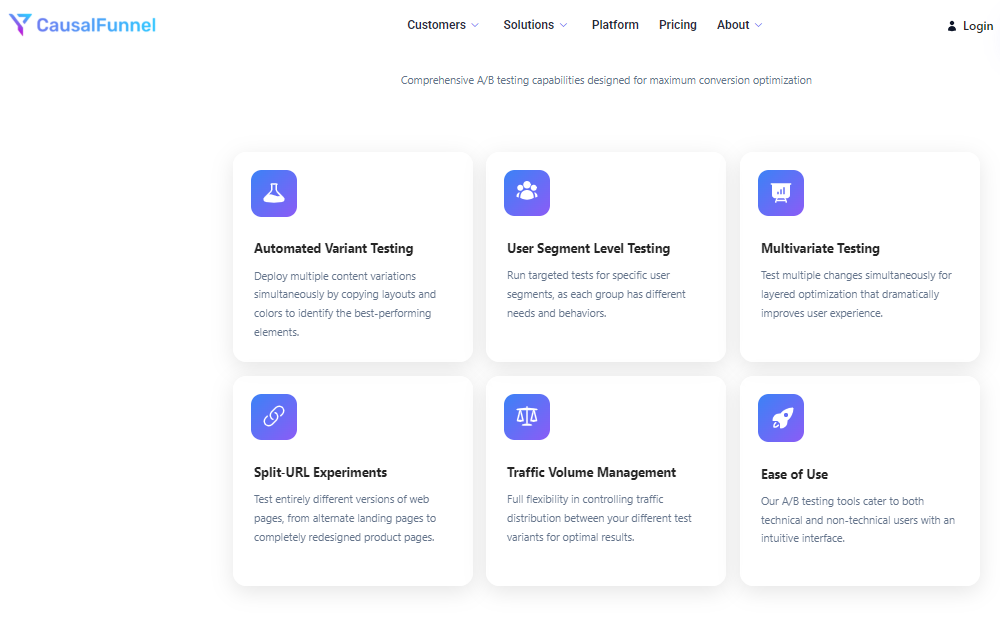
A/B Test Platform helps travel businesses refine their booking funnels through AI-driven A/B and multivariate testing. Features include automated experiments, heatmaps, and journey mapping to identify which headlines, designs, or offers generate the most bookings. Its cookie-less tracking and advanced attribution make it a strong companion to CRMs and analytics platforms.
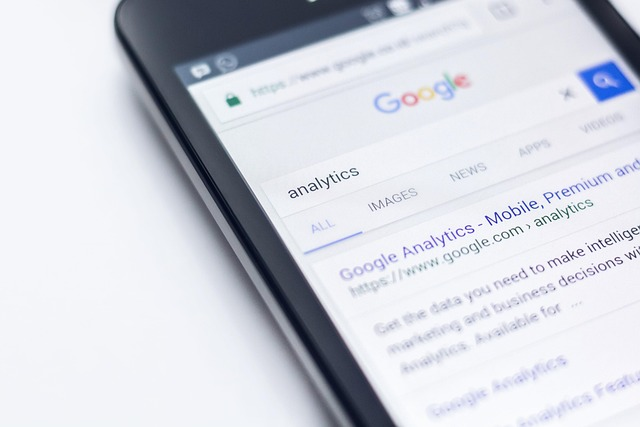
Google Analytics tracks website visitors to inquiry conversions for travel sites. Set up goals for travel inquiry forms, quote requests, and booking completions. Free and integrates with most travel websites.
TravelClick (now Amadeus) offers hotel and travel industry analytics. Specifically designed for travel conversion tracking and revenue management.
ActiveCampaign works well for travel email nurturing campaigns. Score travel leads based on destination interests and engagement. Automate follow-up sequences for different travel inquiries.
Mailchimp offers travel industry templates and automation. Good for smaller travel businesses starting with email marketing and lead nurturing.
Avoid these mistakes that hurt travel business conversion rates.
Waiting more than 24 hours to respond kills travel conversion rates. Travelers often submit inquiries to multiple travel companies and book with the first professional response. Immediate response shows professionalism and builds momentum.
Cookie-cutter travel responses reduce conversion effectiveness dramatically. Travelers want to feel their trip is unique and specially crafted. Reference their specific interests, travel dates, and stated preferences in every communication.
Generic travel advice reduces credibility and conversion rates. Travelers book with experts who know destinations intimately. Share personal destination experience, insider tips, and current local knowledge.
Many travel inquiries don’t convert immediately but may book later. Implement systematic follow-up sequences for unconverted travel inquiries. Seasonal reminders and destination updates often generate delayed bookings.
Not understanding your travel niche’s booking patterns wastes opportunities. Beach destinations book differently than ski trips. Adventure travel has different patterns than luxury travel. Adjust your sales process accordingly.
Competing only on price reduces conversion rates and profitability. Travelers often choose based on perceived value, expertise, and trust rather than lowest price. Emphasize unique value propositions and travel experiences.
Missing source and destination tracking wastes travel marketing budget. Some destinations and lead sources convert much better than others. Track everything to optimize your travel marketing spend effectively.
Increasing your lead conversion rate for Travel Businesses isn’t just about numbers, this is where you have to understand your target audience and how you can turn travelers’ curiosity to commitment.
This can be done through multiple sources and through proper aligned strategies by tracking every stage of your booking funnel and applying tools like A/B testing, CRM systems, and analytics platforms, that can provide you easy access to insights into what drives more bookings.
Remember, your lead to customer conversion rate will look different depending on whether you’re in luxury travel, adventure tours, or corporate travel management. Instead of chasing industry averages, focus on steady improvements within your own business.
When you consistently measure, analyze, and refine using the lead conversion rate formula, you’ll not only increase confirmed bookings but also strengthen traveler trust and long-term revenue growth.
Good travel conversion rates vary by business type. Luxury travel agencies often see 10-20%. Adventure tour operators typically achieve 8-15%. Corporate travel management can reach 70-90%. Focus on improving your baseline rather than industry comparisons.
Most leisure travelers book within 45-90 days of inquiry. Corporate travel books within 7-30 days. Luxury and group travel can take 6-12 months. Set your tracking window based on your travel niche and typical booking patterns.
Inquiry conversion measures website visitors who submit travel inquiry forms. Booking conversion measures inquiries that become confirmed reservations. Both metrics are important for understanding your travel sales funnel.
Start by improving travel inquiry response time to under 24 hours. Demonstrate clear destination expertise in all communications. Create professional, detailed travel proposals instead of generic responses. Implement systematic follow-up for unconverted inquiries.
Yes, absolutely track by destination and travel type. Some destinations convert much better than others due to popularity, complexity, or competition. Use this data to focus marketing on your highest-converting travel offerings.
Travel inquiry quality, response time, and demonstrated expertise matter most. Destination popularity, seasonality, and economic conditions also significantly impact conversion rates. Price competitiveness and proposal quality are crucial factors.
Travel has strong seasonal booking patterns. Summer vacation inquiries often convert better than off-season travel. Holiday travel sees high inquiry volume but mixed conversion rates. Track seasonal patterns to optimize your travel sales approach.
Travel-specific CRM software is essential for proper tracking. Systems like TravelWorks, ClientBase, or Travefy understand travel booking cycles. Google Analytics helps track website conversions. Email marketing tools help nurture unconverted travel inquiries.
Start with your current baseline conversion rate over at least three months. Aim for 10-15% improvement initially through better processes. Large improvements require significant changes to your travel sales approach. Set quarterly goals aligned with seasonal patterns.
Worry if rates drop suddenly without explanation like economic changes or destination issues. Gradual declines might indicate increased competition or changing traveler preferences. Compare your trends to your own history rather than just industry benchmarks.
Empowering businesses to optimize their conversion funnels with AI-driven insights and automation. Turn traffic into sales with our advanced attribution platform.
